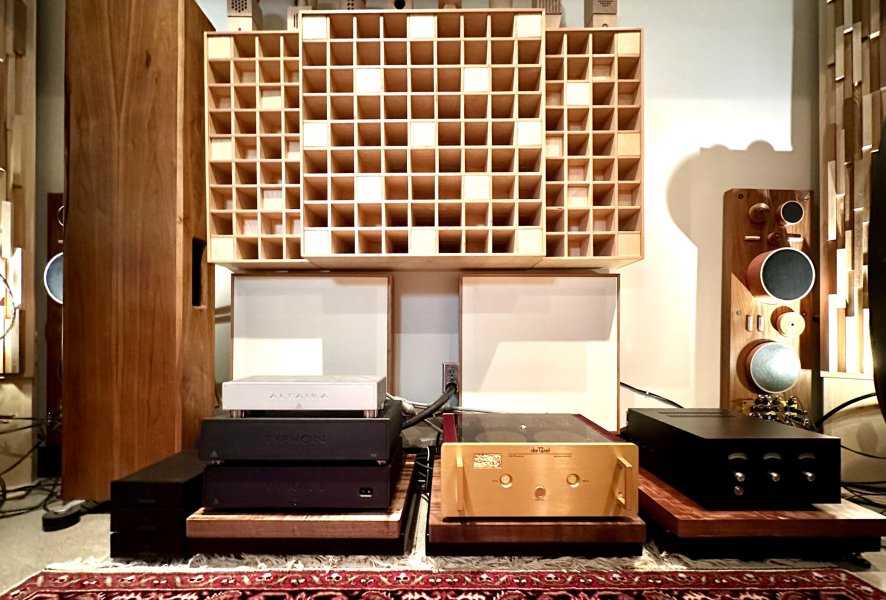during the development process with Taiko/Emile/Ed regarding the Tana/Herzan active systems, turned out that the power supply made a huge difference. and the Daiza platform design was something that grew from those Tana development efforts. Emile ended up using an all panzerholtz LPS chassis sitting on a mini Daiza at the end. the 25 pound LPS had Lindhal Chokes and quite a bit of nice tech.Me too!
In principle, I am against the use of SMPS's in my audio system or on the same mains circuit, so I eliminate them, where I can, in favour of ultra low-noise linear power supplies!
Within my network, I have one rail of my Coherent QP2 (British design) dedicated to the 7v supply to a Sonore Optical Module Deluxe and one of the 12v rails from the PliXir Elite BDC LPSU powers an Uptone Audio EtherRegen switch.
The LPSU's definitely offer a quieter, smoother and more insightful performance alternative to the supplied SMPS, but I don't think that the two LPSU's that I own, deliver enough current, to get the best out of the Reactio Plus active isolation platform.
I have began the search for a suitable LPSU for my Seismion and have messaged the manufacturer in Germany for an update on their proposed LPSU solution, or their recommendation for a suitable commercially available alternate, but no response yet received.
I wonder how much I need to spend to extract the maximum performance from the Seismion, especially as the LPSU won't be powering a component that is within the audio signal chain, such as a switch, DAC, router etc?
I have looked at a couple of UK-available candidates from the Audiostore, who imports Uptone Audio and Sonora amongst others. One is an unbranded 12v 6.5 amp single rail LPSU with an R-Core 100va transformer, which looks like a Zero Zone. The other suitable option, at three times the price, is an Uptone Audio JS-2 which has dual rails with selectable voltage of 5, 7, 9 and 12v and will produce 7.4 amps from a single 12v output.
It would be great if Seismion could weigh in and give some recommendations or give some details and specification for their own LPSU, which has bee mentioned as "coming soon!"
Zeotrope - Please can you post some photos of your setup with the Daiza platform on top of the Seismion?
what was interesting was that those chokes actually boosted the system performance even when not powered. my A/C grid liked them.
i know that the Seismion product is a different design than the Herzan/Table Stable......so not sure how much transfers.....but power supplies can be significant.
Last edited:







